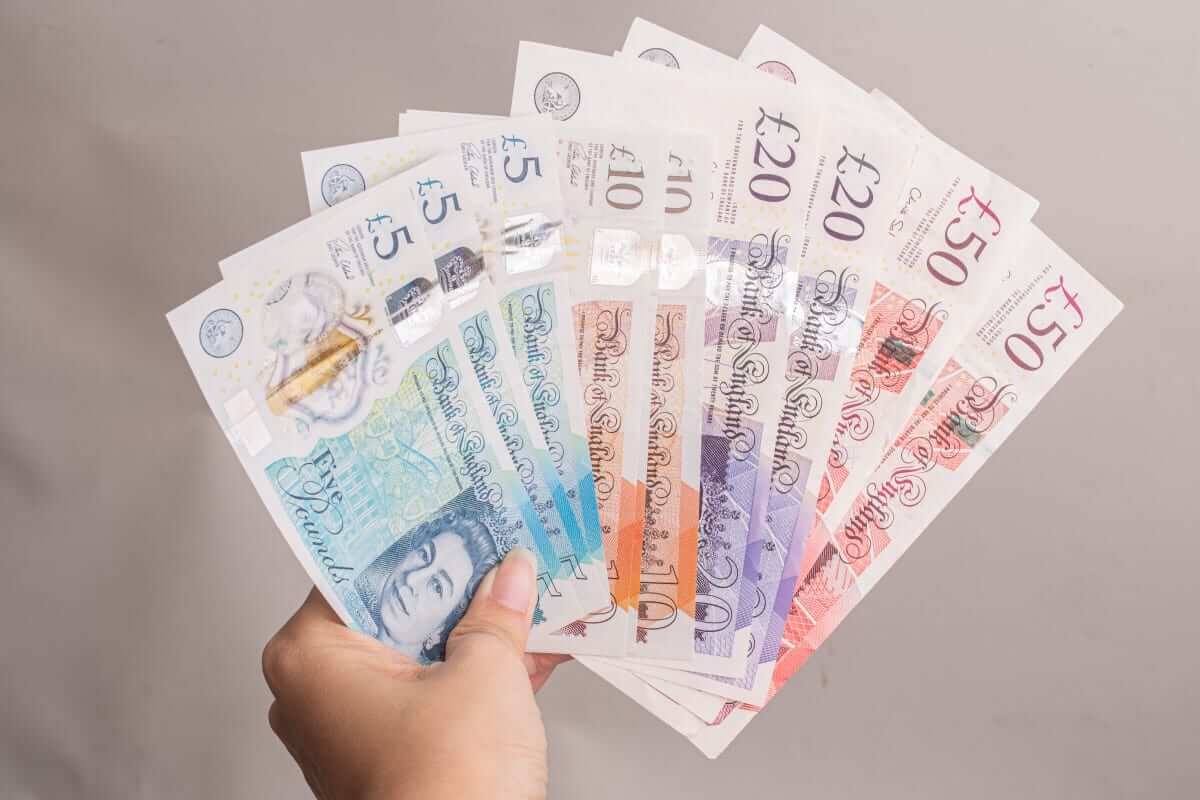
British Pound plunged to a record low. What about the dollar?
The sterling collapsed on Monday, hitting a record low against the U.S. dollar. Investors fear that the economic plan proposed by Britain’s new government will bring the country’s finances too near to the limit. Consequently, the British Pound plummeted by as much as 4.9%, trading at an all-time low of $1.0327. Even though the currency managed to firm at approximately $1.0699 in early London trade, it was still lower by 1.5% on the day.
Moreover, the sterling shaved off 3.6% on Friday. But the U.K.’s new finance minister Kwasi Kwarteng stated on Sunday that he planned to focus more on longer-term growth of the currency instead of short-term market reaction. The Pound declined by 1.3% versus the euro, as well, dropping to its lowest level since September 2020. It exchanged hands at 92.60 pence against the common currency at last.
Forex markets tend to overshoot – noted Kit Juckes, the head of a currency strategy at Societe Generale in London, but he added that the Pound’s fall has two main reasons. Traders lost confidence in U.K. fiscal policy, which won’t help its currency. In addition, the mini-budget has allowed the Pound to be short of choice versus the greenback.
Meanwhile, the U.S. dollar rallied, hitting a new two-decade high against a basket of six major currencies. On the other hand, the euro tumbled down to a new two-decade low against the USD. The common currency traded at $0.9528 at last as the sterling drop rippled across forex markets.
How is the U.S. dollar trading now?
The dollar index skyrocketed to 114.58 for the first time since May 2002 on Monday. However, it lowered to 113.16 soon. Saktiandi Supaat, the regional head of FX research and strategy at Maybank, stated that the greenback’s strength was mainly due to the heavy selling of the British Pound. It’s more of a risk aversion sort of thing. Traders fear global economic recession and prefer to buy safe-haven currencies.
The dollar even soared against the Japanese yen today. The latter had rallied during the last week thanks to the support provided by Japanese authorities’ intervention. The greenback gained 0.3% to 143.76 yen on Monday, surging toward Thursday’s 24-year high of 145.90 again. However, the Japanese government reiterated that it was ready to respond to speculative forex moves.
On Monday, the Australian dollar fluctuated. It briefly tumbled down to $0.64845, its lowest level since May 2020. At the same time, the Canadian dollar fell to a new low at C$1.3638 per U.S. dollar.
Furthermore, the Chinese offshore yuan plummeted to a fresh low of 7.1728 per greenback, reaching its weakest level since May 2020. The onshore yuan also plunge to a 28-month trough, exchanging hands at 7.1690 at last. The Chinese central bank announced that it would reinstate forex risk reserves for some forwards contracts. This move will make betting against the Chinese currency more expensive. It will also slow the pace of its recent decline.
What about the EM currencies?
Emerging market currencies ended in the deep red on Monday, hitting a more than two-year low. Shares also declined due to fears about a global economic recession. MSCI’s index for EM currencies dropped by 0.6%, while an index of EM stocks shaved off 1.4%.
India’s rupee plunged to record lows against the greenback. Investors expected the Reserve Bank of India to sell dollars to hinder the currency’s fall. It has been trading near record lows for the last three straight sessions.
Meanwhile, South Africa’s rand tumbled down by 1% on Monday. The rallying U.S. currency, along with major central banks’ aggressive stance on interest rates and declining gold prices, weighed on traders’ sentiment.
The Turkish lira plummeted by 0.2%, and the Russian rouble ended up lower from its recent two-month high against the greenback. The geopolitical risk around Kremlin weighs on Russia’s neighboring countries, such as Poland and Hungary. Russia is contemplating annexing four Ukrainian regions, causing more concern in the market.
On Monday, Central and Eastern European currencies traded mixed versus the euro. The Hungarian forint decreased by 0.2% against the common currency as investors waited for the central bank’s rate decision on Tuesday. They expect the bank to increase its interest rates by another 100 basis point.
However, the Czech crown remained flat today. According to new data, consumer confidence hit a nearly two-decades low in September.




